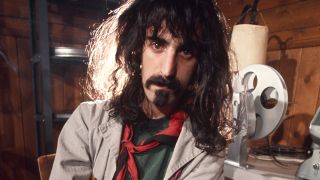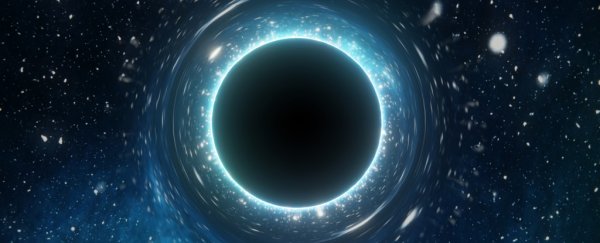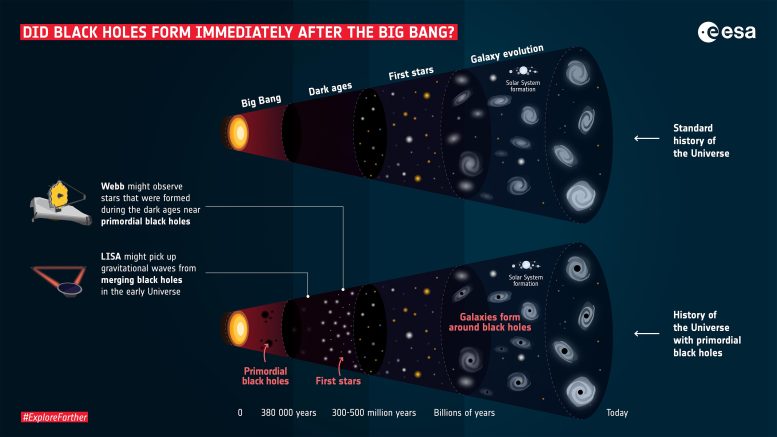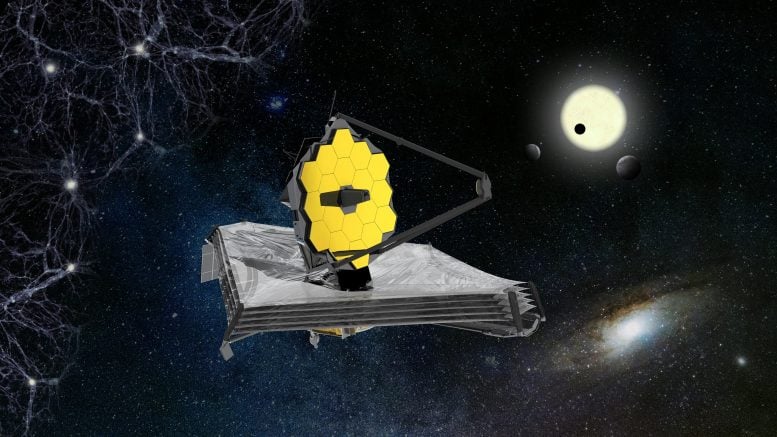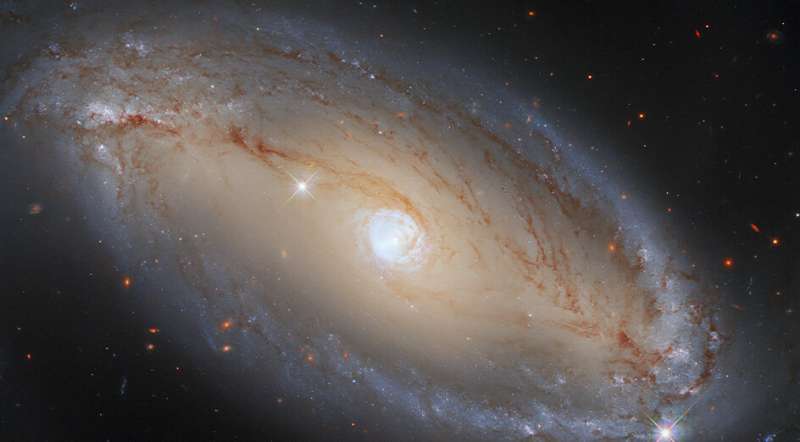By HealthDay News

A global study of 44 countries found those with mask mandates to prevent COVID-19 spread saw a slower increase in deaths from the virus than countries without mandates. File Photo by John Angelillo/UPI | License Photo
Mask mandates work, according to a large international study that linked the laws with a reduction in COVID-19 deaths.
The study included 44 countries with a combined population of nearly 1 billion. Over time, researchers found, the increase in COVID-related deaths was significantly slower in countries with mask laws than in countries without them.
"While several studies before this have looked at the impact of masks on COVID-19 cases, fewer studies were focused on whether mask wearing may reduce COVID-19 deaths, and no study had looked at the data across multiple countries," said lead investigator Dr. Sahar Motallebi of the Department of Social Medicine and Global Health at Lund University in Malmo, Sweden.
"The large sample of culturally diverse countries in this retrospective study covers a large population, giving us more evidence towards the lifesaving potential of masks during the COVID-19 pandemic," she said.
They excluded six of those countries -- four in the Southern Hemisphere -- because of potential concerns about seasonality, as well as the United States and Canada, where health policy exists at the state or provincial level rather than nationally.
Of the countries studied, 27 had face mask rules and 17 did not.
Between Feb. 15 and May 31, 2020, the countries recorded a combined 2.2 million deaths. They included 1.25 million in countries without mask mandates and nearly 914,000 in countries with mandates.
On average, countries where masks were required had an average COVID-19 death rate of 48.40 per million -- compared to 288.54 per million in countries without mandates.
On average, face mask countries also had a significantly lower daily increase in deaths compared to countries without mandates, even though those countries with no mandates had started with lower COVID-19 death rates, the study found. It was published recently in the American Journal of Preventive Medicine.
"To reach its full potential of saving lives, public health research should be practical and pragmatic," Motallebi said in a journal news release.
"Our primary objective was to assess lessons learned from the pandemic in order to better prepare for future potential epidemics of airborne diseases, before pharmaceutical interventions are available," Motallebi said.
With delays in vaccinations persisting around the world, masks remain an important tool for prevention, the researchers said.
That's even true after full vaccination of a population, they added. Vaccines may reduce death rates across COVID-19 variants, but not necessarily case levels, and face masks protect against rises in both.
"We don't have to choose between these two good policies of vaccination and face masks or substitute one for the other when we can and must do both in parallel," Motallebi said.
More information
The U.S. Centers for Disease Control and Prevention has more on masks.
Copyright © 2021 HealthDay. All rights reserved.

By JOSH KELETY and ANGELO FICHERA

FILE - From left, American Airlines CEO Doug Parker, Southwest Airlines CEO Gary Kelly and United Airlines CEO Scott Kirby testify before the Senate Commerce, Science, and Transportation in the Russell Senate Office Building on Capitol Hill on Wednesday, Dec. 15, 2021 in Washington. The air transportation executives testified about the current state of the U.S. airline industry during the oversight hearing.
The CEO of a major airline suggested during a congressional hearing this week that face masks provide little value on planes — a claim that was quickly amplified online.
Citing high-quality filtration systems aboard planes, Southwest Airlines CEO Gary Kelly stated that “masks don’t add much, if anything, in the air cabin environment.”
But experts strongly disagree. Here are the facts.
CLAIM: Mask-wearing on planes is unnecessary because advanced air filtration systems sufficiently reduce the risk of COVID-19 transmission.
THE FACTS: While it’s true that the common air filtration and distribution systems used in modern aircraft are highly effective at reducing the risk of COVID-19 transmission among passengers, masks add another layer of protection for air travelers, experts told The Associated Press.
Kelly’s comments came during a Wednesday hearing before the Senate Committee on Commerce, Science, and Transportation. After returning home from the hearing, Kelly tested positive for COVID-19, a Southwest spokesperson confirmed to the AP on Friday.
Kelly made his comment about masks in response to a question from Sen. Roger Wicker, a Republican representing Mississippi, who asked Kelly and another airline CEO if they thought air travel without masks could ever resume.
Kelly said that “99.97% of airborne pathogens are captured” by high efficiency particulate air filters, or HEPA filters, on airplanes, before suggesting that masks are unnecessary during air travel.
“Yeah, I think the case is very strong that masks don’t add much, if anything, in the air cabin environment,” Kelly said. “It’s very safe, and very high quality compared to any other indoor setting.”
American Airlines CEO Doug Parker appeared to agree, saying, “I concur, the aircraft is the safest place you can be.” He noted that all of his company’s aircraft have the same HEPA filters.
The comments were quickly picked up by news outlets and blogs, and spread on social media.
“The CEOs of Southwest and American Airlines both said today in Senate testimony that masks on planes serve no purpose,” said one tweet shared more than 3,500 times.
Both CEOs clarified their comments to say they support the current federal policy requiring masks on flights. On Friday, after returning home from the hearing, Kelly tested positive for COVID-19, Southwest spokesperson confirmed to the AP.
Southwest Airlines provided the AP with a message that Kelly sent to employees in which the CEO apologized for any “confusion” stemming from the hearing, saying Southwest continued to “support the current federal mask mandate at airports and on airplanes.”
Kelly said the airline adopted a mask requirement aboard its flights in May 2020, before the federal government required it, and that employees and customers “have felt it has been an important layer of protection, and I certainly agree with that.” He said the airline would “continue to rely on the advice of our medical experts regarding the necessity of masks.”
Parker later said on social media he “agreed with my fellow CEOs that being onboard a plane is proven to be a safe and healthy indoor environment.” But he said that his statement at the hearing was unclear and that he supported the federal mask mandate “Full stop.”
While HEPA filtration systems are highly effective at reducing the transmission of viruses, they do not completely eliminate risk aboard flights, according to Linsey Marr, an aerosol scientist at Virginia Tech.
“The issue is that they only work on the air as it passes through the filter,” she said in an email. “If you are sitting near someone who is releasing lots of viruses into the air, you could end up inhaling them before they have had a chance to pass through the filtration system.”
Marr said it takes a few minutes for air to completely pass through the filtration system. She said requiring everyone to wear a mask reduces the amount of virus an infected individual can release into the air, and helps reduce the amount of virus someone wearing a mask might breathe in.
Leonard J. Marcus, director of the Aviation Public Health Initiative at Harvard University, agreed.
“Yes, the ventilation system on airplanes are incredible. They’re comparable with what you might find in an operating room,” he said. But “it is the multiple layers, it’s not one thing alone.”
Marcus said that masks are particularly important when people are boarding and exiting airplanes or moving around the aircraft cabin. Rising COVID-19 cases and the threat posed by the omicron variant also make mask-wearing on planes essential, he said.
“People are moving about, people are turning to speak to someone, people are sometimes lifting up their mask to drink,” said Marcus, whose initiative published a report in October that supported a “layered” approach to lowering risk. “If everyone is wearing the mask, there’s going to be much less transmission of the disease.”
The Association of Flight Attendants-CWA, AFL-CIO, a union representing some 50,000 flight attendants, has also called masks a “key component” of safety on flights, noting that not all planes have HEPA filtration systems.
___
Kelety reported from Phoenix; Fichera from Philadelphia.


